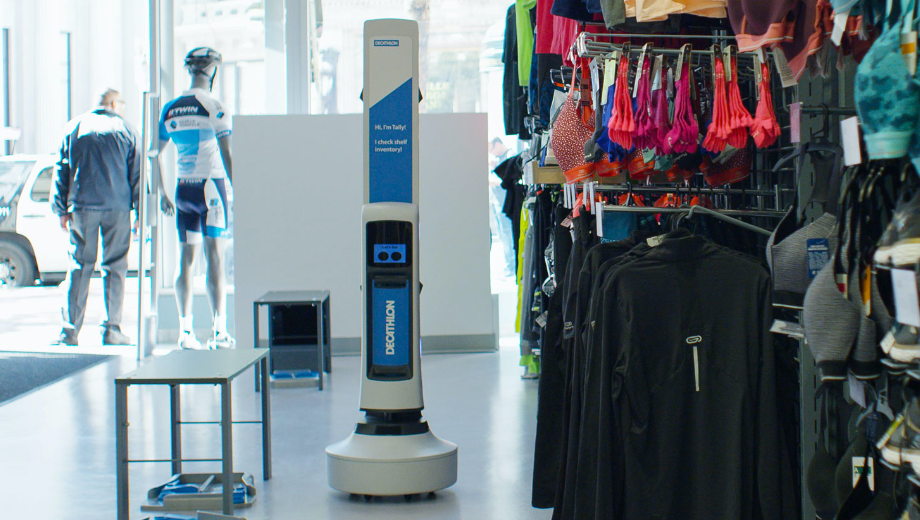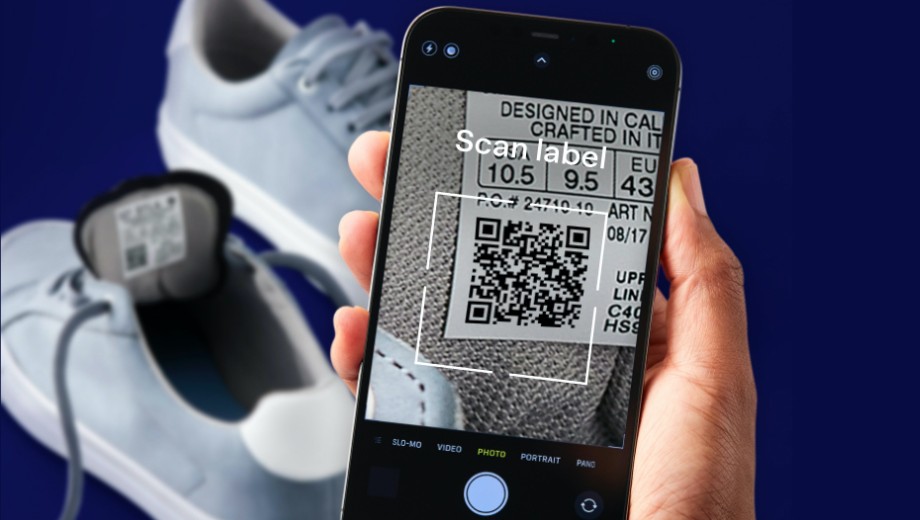Retailers using RFID have an in-store inventory accuracy of about 95 percent, compared to about 65 percent for retailers that do not use RFID. That means, retailers who do not use RFID sometimes offer items that they cannot locate in stores for shipping directly to the customer or collecting for curbside or in-store pickup.
Another problem is that the lack of inventory visibility for retailers not using RFID causes them to hide inventory from online customers. Some retailers are hiding as much as 80 percent of their inventory because IT systems show only two or three in stock, and retailers don’t have confidence that those items are actually in the store, according to research done by the Auburn University RFID Lab. RFID technology can help retailers boost inventory accuracy from an industry average of 65 percent — some categories can be as low as 35 percent – to 95 percent or better. This enables retailers to show more inventory to online and mobile customers because they have confidence that if their inventory system says there are two in the store, there really are two items in the store.
Retailers with complex SKUs – many different versions of the same product – or with poor SKU-level inventory accuracy will have the most problems with BOPIS and curbside pickup programs, because store associates will not be able to locate the items for the customer in a timely way. This often leads to retailers having to cancel orders – leading to dissatisfied customers – or shipping the items to the customer from different stores, which increases shipping and labor costs, erodes margins and leads to a less satisfied customer.
RFID allows a single store employee to take an inventory of 15,000 items or more in an hour. This means stores can take inventory once a week or once every other week, rather than once or twice a year. This increases inventory accuracy, which allows retailers to show more inventory to customers online. Store associates can then quickly find items using a handheld RFID reader, and ready those items for pickup or shipment to the customer.
Kris Barton, director, market development RFID at Avery Dennison Smartrac, says retailers do not need to install expensive fixed infrastructure to begin getting the benefits of RFID. They can use handheld readers to take inventory and find goods faster for omnichannel. “RFID tagging enables significantly improved inventory accuracy, eliminates safety stock and creates more visibility for BOPIS, curbside pickup and ship-from-store programs,” Barton says.
Retailers who start deploying RFID now can easily be ready for the 2021 holiday season and optimize BOPIS and ship-from-store omnichannel modeling.
By Mark Roberti, RFID Journal



